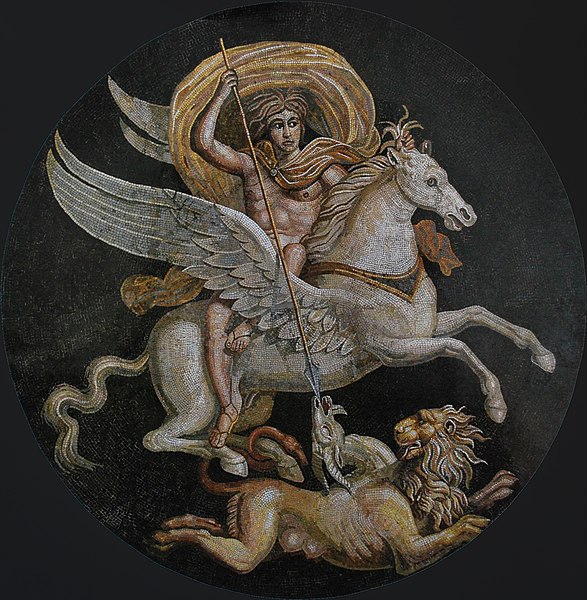Time is the continued sequence of existence and events that occurs in an apparently irreversible succession from the past, through the present, and into the future. It is a component quantity of various measurements used to sequence events, to compare the duration of events or the intervals between them, and to quantify rates of change of quantities in material reality or in the conscious experience. Time is often referred to as a fourth dimension, along with three spatial dimensions.
The flow of sand in an hourglass can be used to measure the passage of time. It also concretely represents the present as being between the past and the future.
Horizontal sundial in Canberra
24-hour clock face in Florence
A contemporary quartz watch, 2007
Existence is the state of having being or reality in contrast to nonexistence and nonbeing. Existence is often contrasted with essence: the essence of an entity are its essential features or qualities, which can be understood even if one does not know whether the entity exists.
One of the topics covered by theories of the nature of existence concerns the ontological status of fictional objects like Pegasus.
Bertrand Russell proposed his theory of descriptions to dissolve paradoxes surrounding negative existential statements.
According to Alexius Meinong, there are some entities that do not exist.
Plato and his student Aristotle disagreed on whether form and matter depend on one another for their existence.








